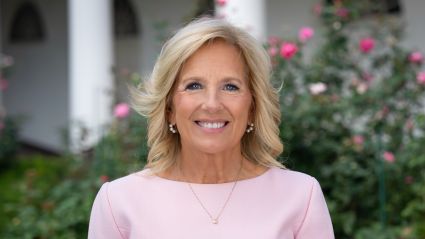
In an era of partisan gridlock and government shutdowns, one American innovation stands as a testament to what bipartisan cooperation can achieve: community health centers (CHCs). For 60 years, CHCs have embodied a partnership among government, communities, and health-care providers that consistently delivers exceptional results—improving health while reducing costs.
The story of CHCs began in 1965, born from a simple yet powerful recognition: Communities across America desperately needed primary care. Launched as part of President Lyndon Johnson's War on Poverty, CHCs emerged from a growing national understanding that affordable, comprehensive primary care was essential for healthy, prosperous communities. What began as a fledgling demonstration project evolved over six decades into an enduring program that now serves 52 million people—one in seven Americans and one in three in rural America—across 17,000 sites across the US, from New York City to the rolling hills of Nebraska.
Such extraordinary growth would not have been possible without sustained bipartisan support from national leaders over the last 60 years. President George W. Bush made CHC expansion the centerpiece of his health-care platform, and President Barack Obama subsequently strengthened it with the creation of the Community Health Center Fund. Continued bipartisan public-private partnership has been essential to CHC growth under every administration, regardless of party politics.
Affordable, comprehensive primary care is essential for healthy, prosperous communities.
Addressing Root Causes, Not Just Symptoms
CHCs’ holistic, comprehensive approach to primary care addresses the vital conditions of patients and promotes health and well-being with a one-stop shop that offers integrated behavioral health, dental, vision, pharmacy, and enabling services. This approach is essential for CHC patients of working age who are 35 percent more likely to have chronic conditions than those seen by private providers. Yet, CHCs consistently surpass national quality benchmarks in improving population health.
In 2024 alone, CHCs treated 3.5 million diabetes patients, achieving blood sugar control for 72 percent. Among 6.1 million hypertension patients, 67 percent achieved controlled blood pressure. These noteworthy outcomes demonstrate the impact of comprehensive, patient-centered care, even for the most vulnerable.
Exceptional Return on Investment
CHCs don’t just save lives—they save money.
According to the Congressional Budget Office (CBO), the CHC model significantly reduces long-term health-care costs by lowering preventable emergency room (ER) visits and hospital admissions. As Republican US Representative Gus Bilirakis noted in a recent op-ed, "Few other parts of our health care system deliver such an exceptional return on investment."
CHCs save Medicaid $1,400 per adult patient annually compared to other primary care providers. Studies show pediatric CHC patients have 20 percent more primary care visits yet 17 percent fewer hospitalizations than non-CHC patients—a clear demonstration of how preventive care reduces costly emergency interventions.
CHCs saved Medicaid an estimated $38.6 billion by keeping patients healthy, preventing ER visits and hospitalizations, and reducing use of costly specialty services. With additional investment, CHCs can address gaps in primary care and reverse the nation's chronic disease and mental health crises in communities.
Challenges Ahead
Despite proven success, CHCs face significant threats. Years of short-term federal funding bills have created financial instability, with half of CHCs operating on unsustainable margins and limited cash reserves. Government shutdowns exacerbate this precarious situation, undermining CHCs' ability to recruit staff, expand services, and invest in long-term solutions.
Additionally, projected increases in uninsured rates from HR1 threaten to overwhelm the system, according to the CBO. An estimated 2 million existing CHC patients may lose Medicaid or ACA marketplace coverage, while 2 million newly uninsured individuals will likely turn to CHCs for care. This surge in demand, coupled with financial constraints, could compromise CHCs’ ability to care for patients.
The path forward to improve health-care outcomes and reduce costs requires a proven partnership model that already exists—one that bridges political divides while addressing complex social and medical challenges in both red and blue states—CHCs. Protecting and strengthening this partnership remains essential for America's health and fiscal well-being.








